Early paleontologists believed that dinosaurs were a class of reptiles of their own, so they were unified into the "order Dinosaurs". Later, as scientists learned more about these animals, they discovered that they actually included two different orders of reptiles, namelySaurischians (commonly known as saurischians)and Ornithischia (commonly known as ornithischians). The difference between the two lies in the structure of the bones of the waist and hips (anatomically called the girdle): the girdle of the saurischians is trifurcated when viewed from the side, with the pubic bone extending forward under the intestinal bone, and the ischium extending backward. Such a structure Similar to lizards.
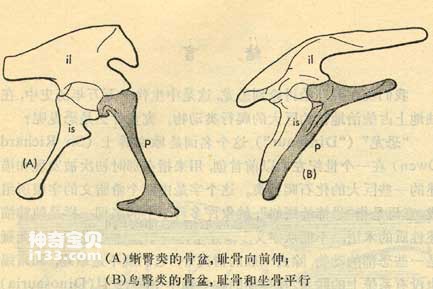
Comparison of saurischian and ornithischian belts
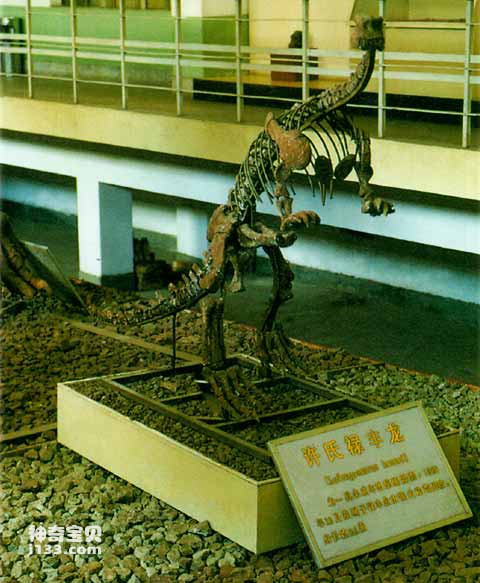
Lufeng dragon
The girdle of ornithischians has the intestinal bones greatly expanded front and back, and the pubic bone has a large front protrusion that extends below the intestinal bones. Therefore, the pelvis is radial when viewed from the side, with four protruding parts (four branches) formed by It consists of the front and back parts of the intestine, the anterior pubic ramus (also called the protrusion or prepubic bone), and the ischium, body of the pubic bone, and posterior pubic ramus (also called the posterior process) that are squeezed together. Well, when you look at the pictures of these two dinosaur belts, I wonder if you can carefully notice that whether they are saurischians or ornithischians, their belts left a hole between the intestinal bone, ischium and pubic bone. . This hole is not found in any other order of reptiles. Scientists speculate that it is this hole that shows that the two orders of dinosaurs are the closest relatives to each other compared to all other orders of reptiles.
The two orders of dinosaurs originated from the alveolar species in the late Triassic period.
1. Saurischia is divided into 3 suborders: Paleopodia, Sauropodia and Theropodia.
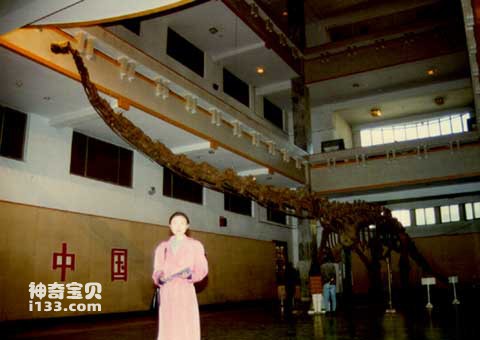
Mamenchisaurus
1. Palaeopods are some small to medium-sized dinosaurs that lived in the late Triassic Period. They were once called prosauropods or elasmosaurs. They have a stout body and walk on semi-quadrupeds. The famous Lufengosaurus discovered in Yunnan, my country, belongs to the suborder Palaeopodia.
2. Sauropods evolved from paleopods and mainly lived in the Jurassic and Cretaceous periods. Most of them were giant vegetarian dinosaurs. It has a small head, long neck, long tail, and small spoon-shaped teeth. The famous representative of the sauropods is Mamenchisaurus, which originated in the Late Jurassic of Sichuan and Gansu, my country. The length of its neck composed of 19 cervical vertebrae is approximately equal to half of the body length.
3. Theropods lived from the Late Triassic to the Cretaceous. They were all carnivorous dinosaurs, walking on two legs, with sharp claws on their toes, and sharp teeth like daggers or knives in their mouths. The front and rear edges of their teeth were often serrated. Tyrannosaurus rex is its famous representative.
2. Ornithischia is divided into 5 suborders: Ornithopoda, Stegosaurus, Ankylosaurus, Ceratosaurus and Pachycephalosauria.
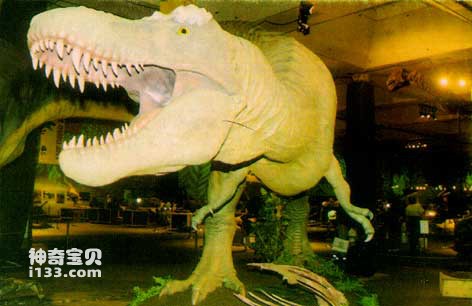
Tyrannosaurus Rex
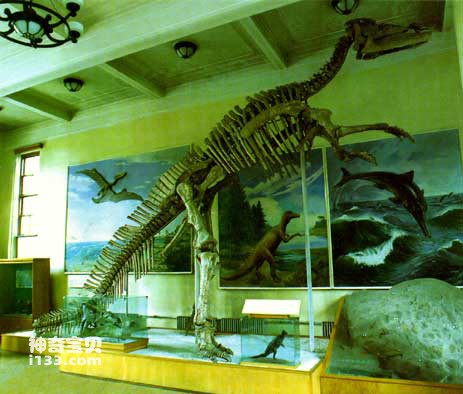
Shandong Dragon
1. Ornithopods are the group with the most fossils among ornithischians, and even among the entire dinosaur class. Some of them walked on two legs, and some walked on four legs; the mouth is generally flat, the face is long, and there is a separate predentary bone in front of the mandible; the teeth only grow on the cheeks, and are closely arranged, with one to several rows replacing each other. teeth; the femur of the hind legs is longer than the humerus of the forelimbs; the fifth toe is degenerated; both the anterior and posterior pubic rami are developed. They lived from the Late Triassic to the Cretaceous, with the Cretaceous being the most prosperous; all of them were vegetarian dinosaurs. Famous representatives include Shandongosaurus, which has no crest on its head (flat head type), and Qingdaoosaurus, which has a crest on its head and belongs to the genus Ctenosaurus.
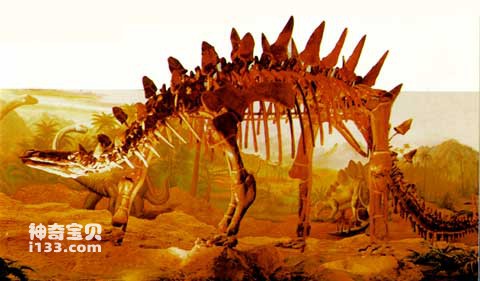
Tuojiang Dragon
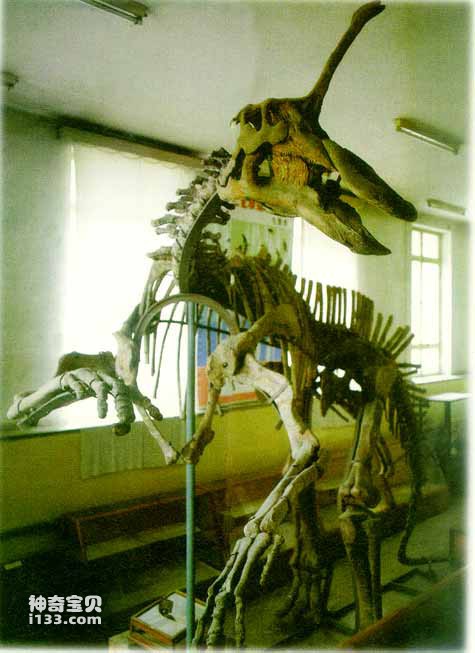
2. Stegosaurus is a vegetarian dinosaur that appeared in the Jurassic and lasted until the early Cretaceous. They walk on four legs; they have upright bony plates or rods on their backs, and two pairs of bone spurs on the rear end of their tails; their heads are small and flat, their brains are small, their superior temporal foramen is small, and their lateral temporal foramen is large; their The teeth are small and flat; there are no teeth on the premaxilla; the hind limbs are long and the forelimbs are short; the vertebrae are gradually heightened backward by neural spines and neural arches; the edge of the intestinal bone heals with the sacral vertebrae and widens, covering the hip in a roof-like shape. Above the acetabulum; the posterior process of the intestinal bone is undeveloped, but the anterior process is very long; the sacral ganglion is huge, forming a "second brain" that directs the movement of the rear part of the body, especially the tail and hind limbs. The representative of the Stegosaurus suborder is Tuojiangosaurus from Sichuan, my country. The front half of its back has a quilt, and the back half has a flat cone-shaped bone rod.
3. Members of the Ankylosaurus suborder are short and stout, wearing thick bone armor and move clumsily. The superior temporal foramen is closed, leaving only a small slit in the lateral temporal foramen. They have weak teeth, short limbs, and their hind limbs are slightly longer than their front limbs. Ankylosauria mainly lived during the Cretaceous period.
4. Ceratopsians are characteristic dinosaurs that developed during the Cretaceous. The back half of their skulls is enlarged, with the parietal and squamous bones forming a cervical shield, which bifurcates to form a horn-like protrusion. The skull often has horns formed by the enlargement of the nasal and postorbital bones. The most famous representatives include Triceratops; Psittacosaurus, whose distribution area is limited to northern my country and Mongolia, is another representative of this suborder. Their skulls are short, wide and high, and their snout is curved like a parrot's beak. That's why it's called Psittacosaurus.
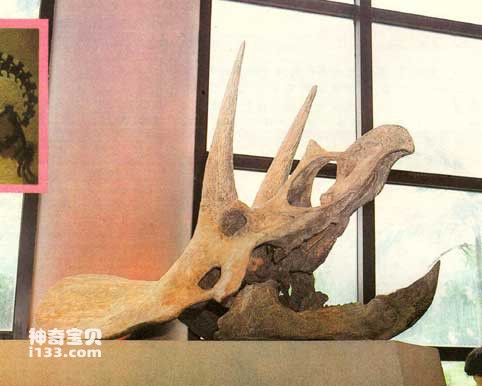
Triceratops
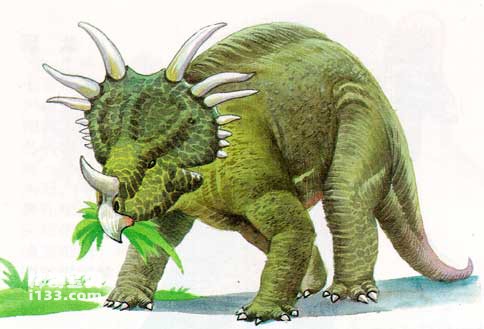
Styracosaurus
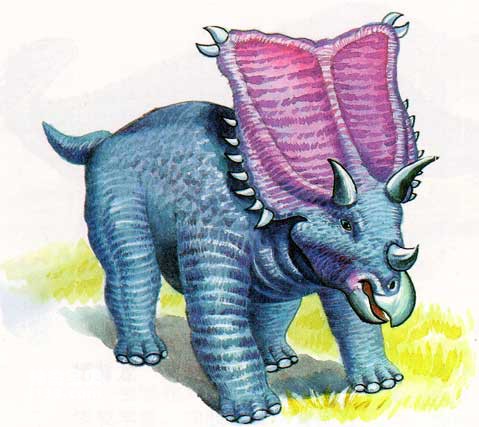
gap dragon
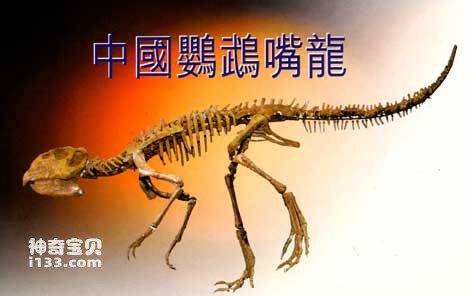
Psittacosaurus
5. The most prominent feature of members of Pachycephalosaurus is that the skull is swollen and the temporal foramen is closed; the pubic bone in the girdle is crowded out by the ischium and does not participate in the formation of the acetabulum. Their representatives include Spinosaurus and so on.
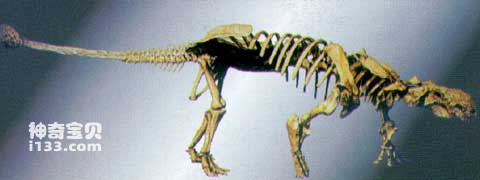
Ankylosaurus
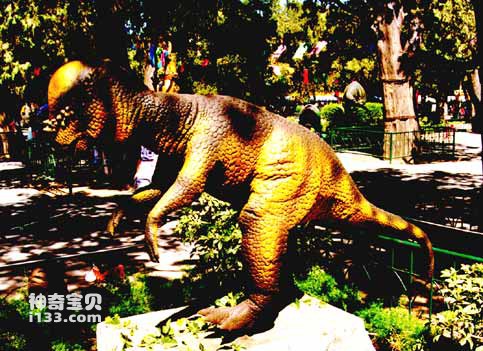
Spinosaurus
animal tags:
We created this article in conjunction with AI technology, then made sure it was fact-checked and edited by a Animals Top editor.